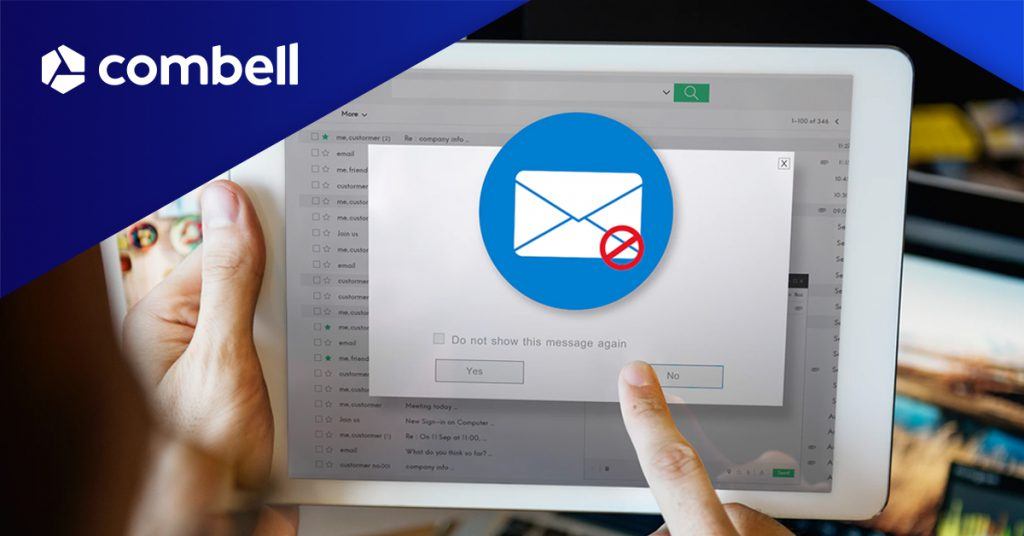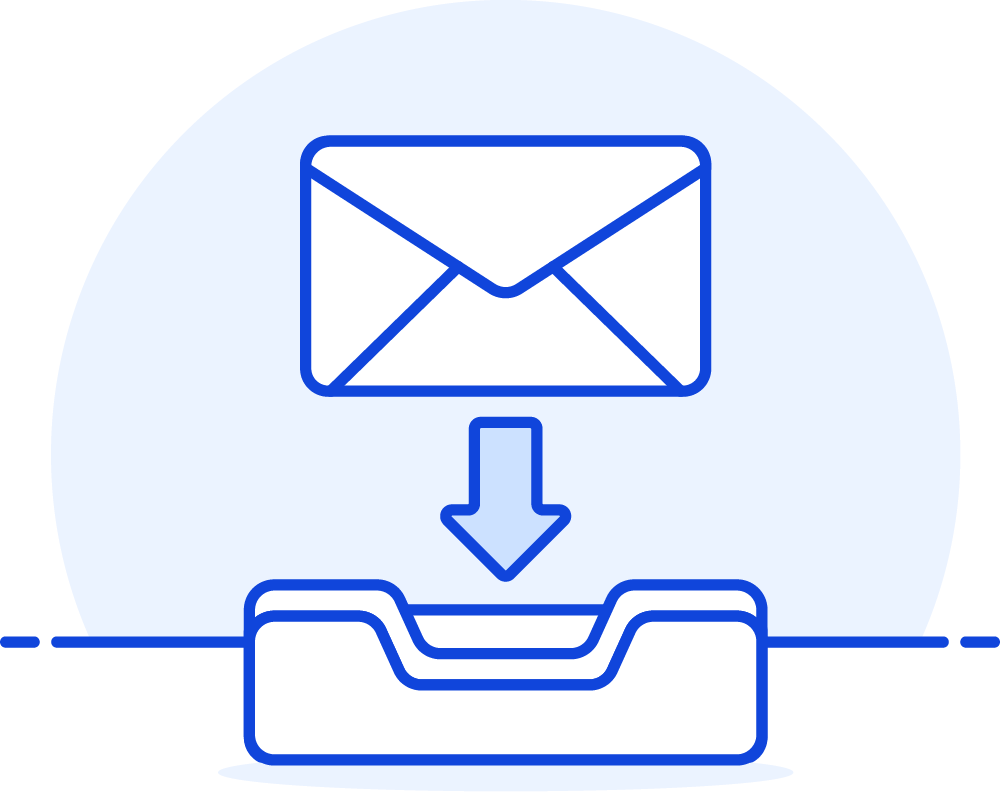Ensure that your e-mail marketing will not be considered spam

Your commercial messages have to overcome many obstacles before they reach their target (your customer's inbox). So, how can you ensure that your customers actually receive your e-mails and, more importantly, also open them? Here are some good practices.
Meet all the requirements using Flexmail e-mail marketing
Pay attention to the technical aspects of your mailing
 An e-mailing campaign is still one of the best ways to reach your customers and users. Unfortunately, it is very hard to get your marketing message into your customer's inbox, as spam filters block one in five messages before it reaches the recipient. And even if it does reach your customer, in which box will artificial intelligence deliver your e-mail: the main Inbox? Unimportant mail? Spam?
An e-mailing campaign is still one of the best ways to reach your customers and users. Unfortunately, it is very hard to get your marketing message into your customer's inbox, as spam filters block one in five messages before it reaches the recipient. And even if it does reach your customer, in which box will artificial intelligence deliver your e-mail: the main Inbox? Unimportant mail? Spam?
Broadly speaking, there are two things you can do to prevent your e-mail from being considered spam. The first one is actually the simplest, because it involves just a few basic technical rules that you have to keep in mind. For automatic spam filters respond to triggers that you can easily avoid.
A good e-mail marketing campaign starts with an e-mail provider that has a solid reputation.
In a nutshell, this is what you have to pay attention to:
- Your reputation as a sender, of both your domain and the IP address of your mail server. If you share that IP address with other users who are actually sending spam, the IP address can be blacklisted, which in turn can negatively affect the reputation of your domain name.
- The right Email Service Provider. Go for an ESP that puts a lot of effort into protecting the reputation of the IP addresses you use to send your messages. You can even use a separate setup for your marketing e-mails and your transactional e-mails.
- A healthy mailing list. Immediately remove addresses that are no longer valid (bounces). Build your mailing list very carefully by yourself on an opt-in basis. Do not purchase commercial lists, as they often contain invalid addresses and sometimes even spam traps (addresses that have been specifically created by e-mail providers to identify suspicious senders).
These issues have been discussed in more detail in our article “Are you a spammer? Do not make these mistakes”.
The content of your e-mail is decisive
The second method is much more challenging. Because your customers should not see your e-mail as spam. If they think your e-mail is spam, and immediately move it to the trash folder, the AI of the e-mail client will remember this behaviour, which means that all your future e-mails will end up in their spam folder. Your customers should not open every single e-mail you send them, but a reasonable Click-To-Open Rate will definitely help reduce the likelihood of your e-mails constantly ending up in the spam folder.
Spam is in the eye of the beholder, so make sure your recipients do not see your e-mail as spam.
But how can you convince your customers to read your e-mail when they receive tons of e-mails every day? Here are a few practical tips:
- There is absolutely no need to send out a mailing every Monday. Only do it when you have something important to tell, or when you are running a special campaign.
- Build a segmented mailing list based on your customers' preferences or their purchase history. This will make it much easier for you to personalise your messages to meet everyone's needs.
- Segmentation will also help you come up with great ideas for effective subject lines. For those who usually buy plus size clothing or shoes, ‘Small prices for large sizes’, for instance, will be a more appealing subject line than ‘Huge discounts’.
- When subscribing to your newsletter via a 'preference center', allow your customers to choose the messages they would like to receive. This will give them the feeling of being in control of the mailings they receive.
- Make sure to include a clearly visible button or link to unsubscribe from your mailing list. This will also help users place more trust in your mailings. Failing to include such a button or link may result in your customers reporting your messages as spam. This would harm the reputation of your domain name, and would also infringe the GDPR.
- Create effective content, with clear call to action. For this purpose, do not hesitate to turn to specialised copywriters: they are true wizards in their field!
- Remember that you must also be consistent. Always use the same e-mail address when sending your e-mails, so that your messages can be recognised immediately. This too will help build trust, and thus commitment.
- Ensure that your e-mails are also optimised for mobile devices!
Things you want to avoid in your e-mails:
- E-mails that are too large – the ideal size is between 15 kb and 100 kb.
- URL shorteners like bit.ly – spam filters will ruthlessly penalise you for this!
- E-mails that only consist of one image – most e-mail clients will not automatically load this image. The extra click required for your recipients to see your message is one too many!
A successful e-mail marketing campaign requires psychological insight and a great deal of restraint. Combell's Flexmail services can help you create your mailing correctly. This will maximise your chances of reaching your customer through your message. Read more about Combell's mail servers and our e-mail marketing & automation solutions.
Explore the possibilities of Flexmail e-mail marketing

